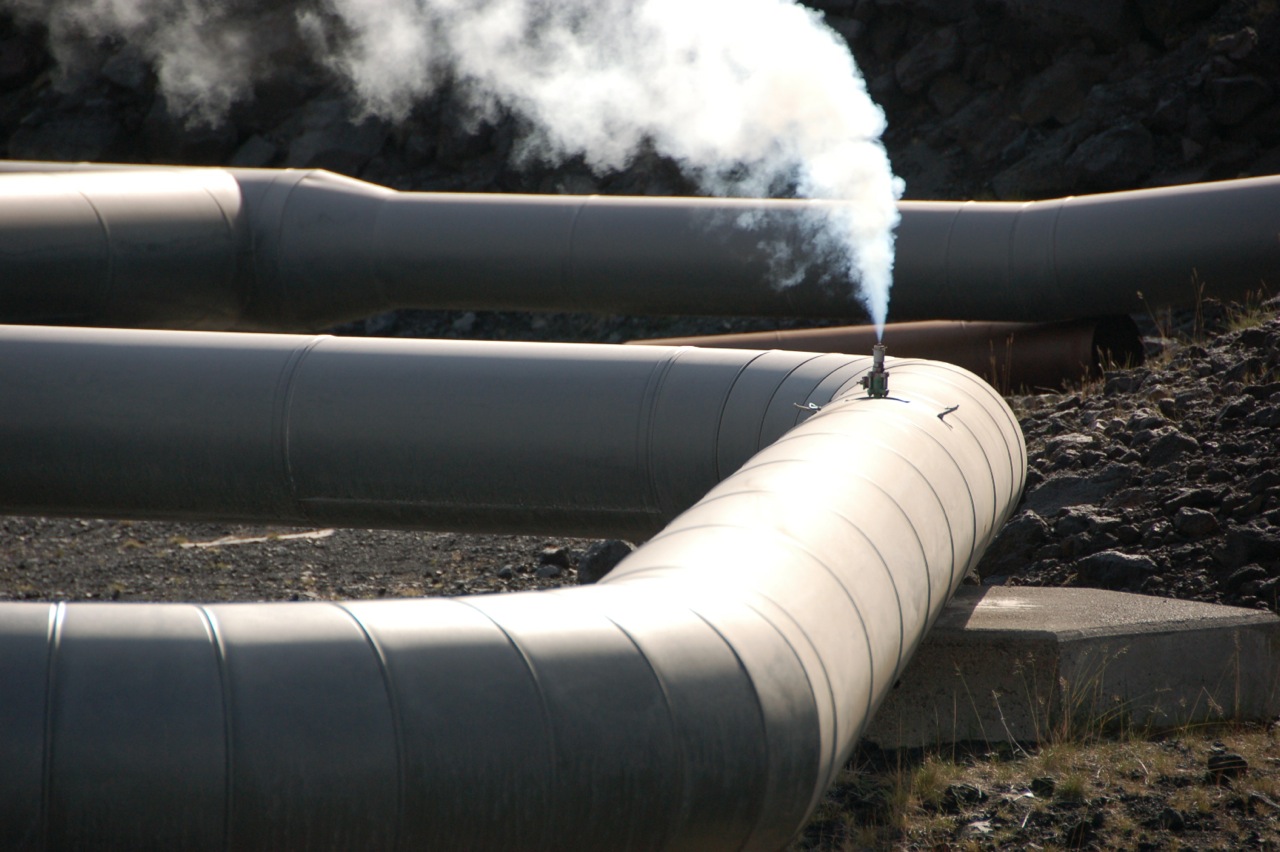By Suzanne
My first entry covers America’s number one public health problem - the obesity epidemic. It is an honor to contribute to PaleoTerran and I welcome your comments.
I was fortunate to be invited and attend a local community screening of THE WEIGHT OF THE NATION. This four-part presentation showcases the multi-factorial causes of the obesity epidemic in the United States and features prevention efforts that can be implemented by individuals, families, and communities at large as they combat this major public health threat.
The film includes a discussion of human DNA and how it remains little changed from that of our hunter-gatherer ancestors. As a species, humans are adapted for low calorie intake, increase energy expenditure, and the challenge of finding food. Agriculture changed human social structure and created greater food security. The early 20th century witnessed an increase in food research and government subsidies resulting in increasing crop yields and surpluses. A food economy developed with goal of maintaining a surplus. The same technological advances that brought food surpluses created an environment favoring the development of the obesity epidemic.
The resulting impact on health and cost to our society is tremendous. The CDC reports that 68.8% of the current population in the U.S. is either obese or overweight; obesity is essentially becoming the new norm. This new norm causes a proliferation of chronic diseases, such as diabetes, that decrease American’s life expectancies. Over $150 Billion is spent annually on the health consequences associated with obesity in the U.S. Furthermore, the financial consequences of the obesity epidemic impact businesses by increasing health care costs, decreasing employee productivity, and increasing absenteeism. Ultimately, in one-way or another, everyone in society is affected.
The Institute of Medicine (IOM) reviewed past success that improved national health including tobacco cessation, air quality, and water pollution and decided that action is necessary to address obesity.
You may ask: “What can I do to protect myself, my family, and my community?" With 68.8% of our population affected, we all may know a family member, a friend, or a loved one who is either obese or over-weight.
Help spread the facts about the obesity epidemic, its impact, and how everyone can participate as change agents to promote the health of society.
Although not specifically promoting Paleo, the presentation does validate the benefits of Paleolithic nutrition. As we continue to become educated consumers, we can share the message with our families and communities. The presentation and multiple resources are freely available on the HBO web site found here.
Throughout September, I will critique each of the four sections and showcase the steps we can all take to benefit our families, friends, and communities. Paleolithic nutrition can play a role in reducing the weight of the nation.
THE WEIGHT OF THE NATION is a presentation by HBO and the Institute of Medicine (IOM), in association with the Centers for Disease Control and Prevention (CDC), the National Institutes of Health (NIH), and in partnership with the Michael & Susan Dell Foundation and Kaiser Permanente.










